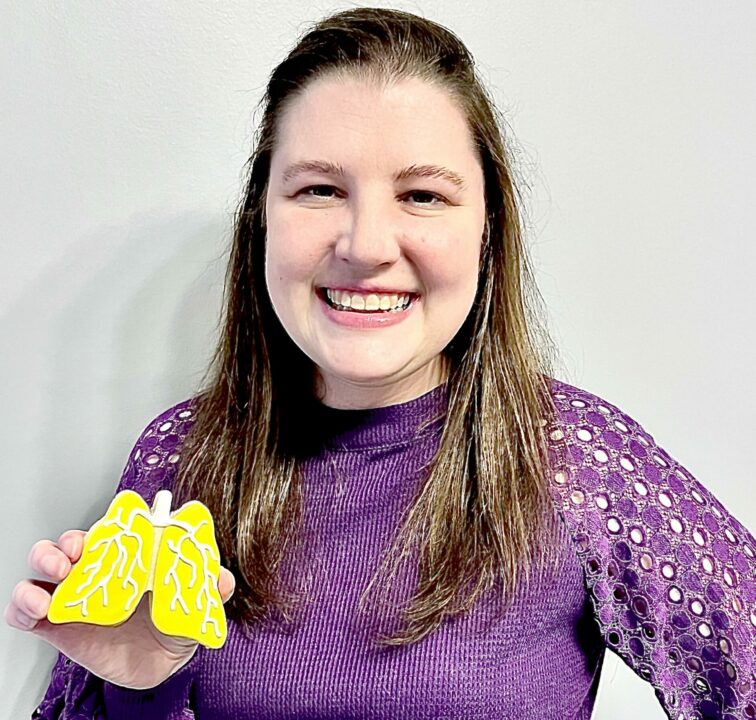Joel Sandler, Principal, Cancer Cell Therapy Lead, Asset Optimization and Commercialization at Lumanity
A common question I get from my cancer cell therapy clients at Cello Health BioConsulting is why, despite the lion share of clinical data in support of T-cell therapies, it is NK cell therapy candidates (iPSC- and cord-derived) that seem of late to be capturing so much more enthusiasm from investors and Pharma these days?
The answer has to do in large part with the risk-averse nature of Pharma, which in this case has been laudable. Apart from Novartis (via its 2012 pact with UPENN) and fellow early adopters BMS (via its acquisition of Celgene/Juno) and Gilead (via its acquisition of Kite), Pharma has until relatively recently remained on the sidelines in the cancer cell therapy race. That engineered T-cells could achieve durable remissions in heavily pretreated B-cell malignancy patients has never been in question. Novartis, BMS, and Gilead each knew this before jumping in with both feet. What the field didn’t (and arguably still doesn’t) know is whether such modalities could be translated into profitable oncology brands alongside simpler, more scalable, cheaper, and less life-threatening drugs.
Donor-derived T-cell therapy candidates such as those being advanced by Cellectis and Precision Bio have emerged closely on the heels of their autologous counterparts as scalable but equally-efficacious solutions for the same patient populations. Key to the success of such modalities is the availability of increasingly facile gene editing technologies capable of achieving efficient, one-pot multiplexing needed to not only introduce the CAR binding domain but also knock out receptors rendering non-self lymphocytes visible to the host immune system (which might exacerbate host-mediated engraftment rejection), and vice versa (which could trigger graft-vs-host disease, or GVHD). Did Pharma line up for these new allogeneic opportunities? Apart from Pfizer, which has since spun out its interest via an early Cellectis deal into what is now Allogene, the answer is largely no. Companies like Precision Bio, CRISPR, Poseida, and Allogene/Cellectis continue to advance their donor-derived T-cell candidates without Pharma partners. The Caribou/AbbVie deal as a notable exception within this peer group otherwise characterized by an absence of high-profile tie-ups.
Until recently, engineered NK cell therapies have had a slower ramp-rate relative to their T-cell counterparts. In a deal analogous to that of Novartis/UPENN almost a decade earlier, Takeda acquired rights to MD Anderson’s anti-CD19 CAR-NKs in late 2019 based on evidence from the Rezvani lab which demonstrated feasibility, safety, and potency comparable to that observed with autologous CD19-targeted CAR-Ts, and from cord blood, a far more scalable cell source vs. patient-derived peripheral blood. Since then, we’ve seen multiple high-profile deals in the space including those involving Fate/Janssen, Kiadis/Sanofi, Artiva/Merck, and Shoreline/Gilead.
So what gives? Why has Pharma been so patient up until now? And why are non-obvious players like Merck, AbbVie, and Sanofi suddenly coming in off the side-lines? Have risk-tolerance profiles suddenly shifted at every Pharma? Are they all playing catch up, afraid they’ve missed the boat? Or is there something fundamentally different in the value propositions allogeneic vs. autologous approaches, and more specifically, allo NKs vs. donor-derived T-cells?
As mentioned earlier, I believe Pharma’s patience, which is often its Achilles Heel, has been vindicated in this case with the struggles of early-generation cancer cell therapies. While few would argue against the potency and durability of T-cells, their monetization has proven challenging. In the case of autologous CAR-Ts, the process is the product. And while Gilead’s Yescarta and Novartis’s Kymriah are indeed headed towards blockbuster territory, Pharma generally does not see itself as being in the service business. As Josh Boger put it, “little pills in bottles with cotton on top”, which could be extended in the modern age to also include little solubilized proteins in an intravenous bag. For donor-derived T-cells to succeed, they must achieve comparable clinical performance and reduced logistical complexity vs. their autologous counterparts. If you’ll forgive yet another quote, this one from Eddie Vedder, “it’s kinda like you’re starting from the top, and you can’t do that.” Capital markets have seemingly regarded anything short of this ideal as grounds for a sell-off. This was seen early on when Precision Bio reported findings at ASH 2019 suggesting initial efficacy signals but persistence concerns. To be fair, investors have also penalized NK therapies for persistence concerns, as observed recently when Fate reported early clinical data of its iPSC-derived NK candidates.
More damning for the allogeneic T-cells, though, are life-threatening safety signals such as patient deaths and a chromosomal aberration recently reported by Allogene. In contrast, allogeneic NKs have avoided the expectation of being billed as a scalable equivalent to autologous CAR-Ts. They never had to be because, in addition to what is arguably superior scalability of iPSC or cord-derived sourcing over donor-derived T-cells, they also present minimal safety concerns, the combination of which translate to lower costs and correspondingly-lower clinical performance hurdles. Put simply, allogeneic NKs need not produce transformative clinical benefit as their raison d’etre. T-cell therapies, in contrast, are expected to be curative, and for a large proportion of the treated population. That’s a tough place from which to start. Any measurable durability from NK cells would be in the context of a modality that, at baseline, is no more toxic than a monoclonal antibody. The difference between NKs and biologics, however, is that you can engineer additional functionality into the former that results in improved next-gen products, a prospect which resonates not only with Pharma’s need for scalability and manageable COGS, but also sustainable life-cycle management strategies.
Unlike donor-derived T-cells with which you’re starting from the top (potency, durability, but with safety and scalability limitations) and working your way down, allogeneic NKs afford the opportunity to start from the bottom (safety, scalability, but with potency and limitations) and work your way up. Another analogy is that of a caged beast (donor-derived T-cells) vs. a sleeping giant (allogeneic NKs), the former which needs to be held back and the latter which needs to be revved up. The caged beast can be very effective, but also very dangerous. The sleeping giant has a gentle touch out of the gate, but one that could become increasingly effective with proper guidance. Which would you bet on, knowing what we know today? Presumably these are the questions on the table with the likes of Merck, Sanofi, and Janssen, each of whom are coming in after nearly a decade of watch/waiting to bet on the sleeping giant. That AbbVie is entering into the arena with Caribou on the donor-derived T-cell side underscores the counter-argument which says that T-cells can and will be properly managed with sophisticated and facile gene-editing technology.
What does this mean for you, the cancer cell therapy-focused Biotech looking to incentivize would-be partners and investors? The good news is that, at this point, most if not all oncology-focused Pharmas have a disclosed stake in this space. Each is taking its own unique tack, and messages will therefore land differently depending on who’s door you’re knocking on. That said, herd mentally is not a completely lost art, and Pharma will come looking for you when your most direct competitor posts a clinical win or gets taken out by another Pharma. Allo NKs are the flavor of the moment, but donor-derived and even autologous CAR-Ts are unlikely to go away, especially as facile, multiplex-capable gene editing technologies continue to proliferate. But it helps to know what you are and what you are not, which among your peer-group are poised for near-term value inflection, and what the knock-on implications to you might be from alternative scenarios as they approach their respective forks in the road. Keeping with the navigation analogy, it helps to find a strategic partner that has built a robust and actionable roadmap of the complex and evolving cell therapy landscape. And that’s where we come in, so drop us a line when you’re ready to think prospectively about positioning and partnering strategy in this exciting but competitive landscape.









